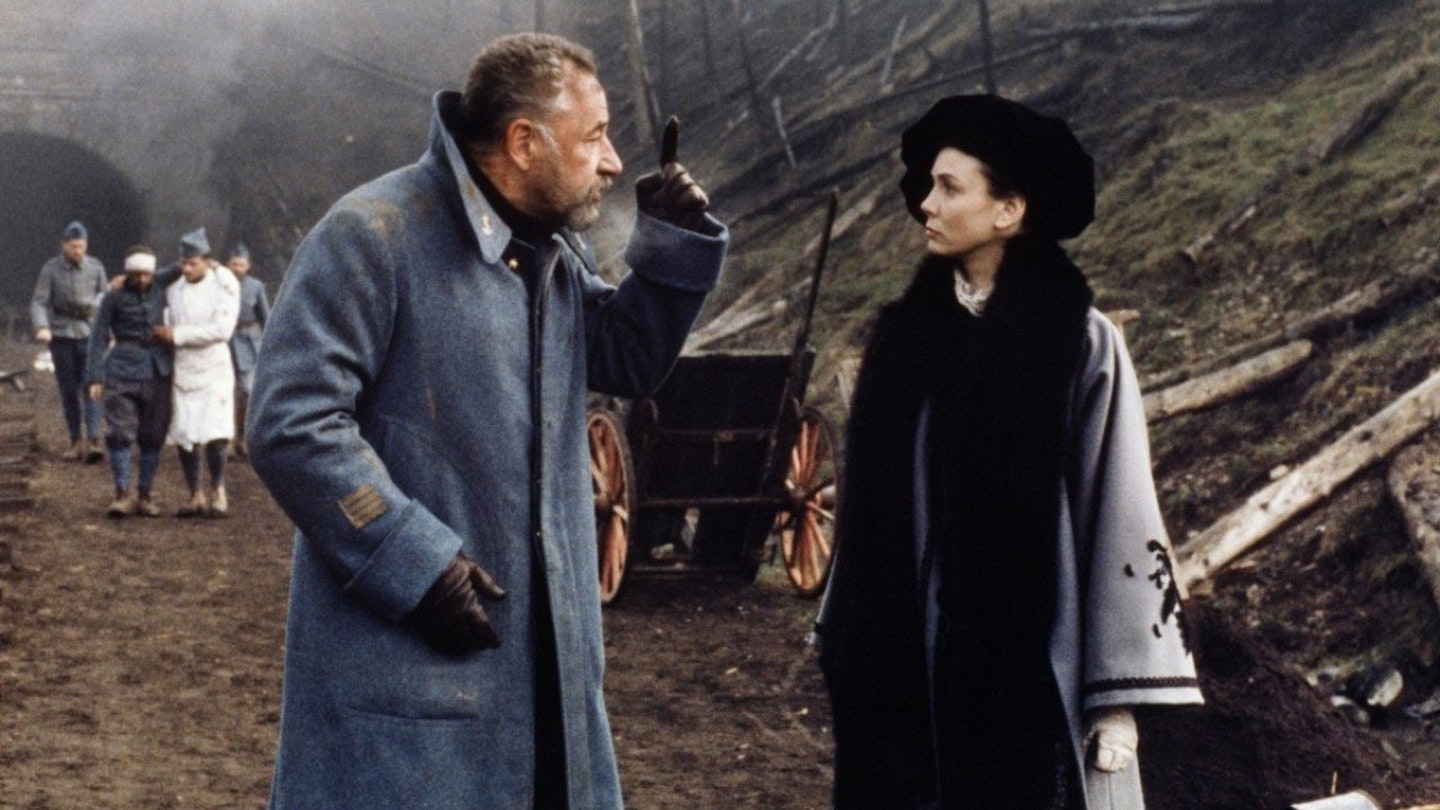Its October 1920 and France remains heavily scarred by the destruction of the Great War. Out in the battle-ravaged countryside Major Dellaplane is the army officer faced with the daunting task of matching up newly discovered human remains with the legions of hopeful relatives seeking definite news of their loved ones. While he supervises the excavation of a wartime train entombed underground, parents and wives examine recovered personal effects, a farmer runs his plough into a huge artillery shell and an optimistic sculptor has a studio full of half-finished war memorials.
Dellaplane is outraged at the way in which the authorities seem to be manipulating casualty figures, has contempt for the impending Unknown Soldier ceremony which involves his unit providing a suitable corpse. His life is further disturbed when he finds himself reluctantly drawn to the much younger Irene (Azema) who is desperate to uncover the fate of her MIA husband.
Filmed in muted, washed-out colour and rich in well-observed period detail, Life And Nothing But conjures a palpable atmosphere of hesitant physical and emotional reconstruction which hangs over the proceedings like one of its many early morning mists. Graceful, subdued and full of tense feeling, this is a film as impressive as it is unusual.
